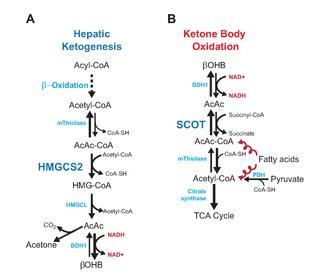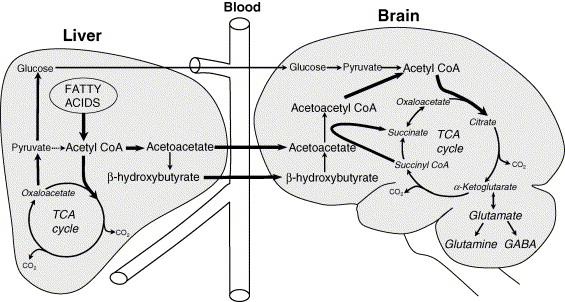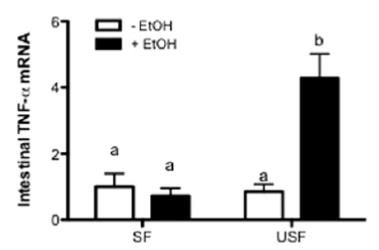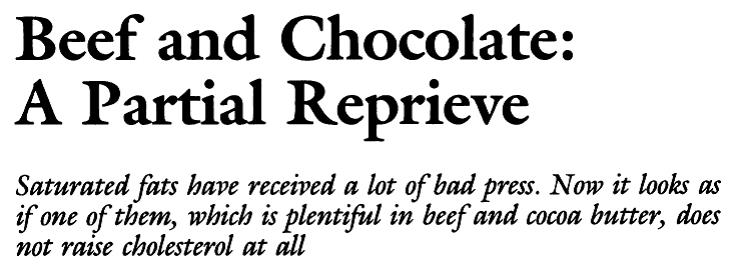Treatment for dietary protein-induced brain fog: dark chocolate with 3% GOS and 10% MCTs. Who’s in?
#IntermediaryMetabolism (bear with me here)
Ketosis from liver’s perspective: increased fatty acid influx & [partial] oxidation causes acetyl-CoA levels to rise dramatically. Concomitantly, gluconeogenesis redirects oxaloacetate (OAA) away from combining with acetyl-CoA via TCA cycle citrate synthesis and toward gluconeogenesis. Since the acetyl-CoA doesn’t have much OAA with which to couple, it does itself to make acetoacetate. Ergo, ketosis, and fortunately liver lacks ketolytic apparatus.
Brain is singing a different tune. Ketones provide ample acetyl-CoA and are efficiently metabolized in the TCA cycle. Ketolysis is not ketogenesis in reverse, else liver would consume ketones.
Teleologically speaking (and I don’t really know what that word means), ketones are meant to spare glucose for the brain by replacing glucose as a fuel for peripheral tissues like skeletal muscle and displacing some brain glucose utilization. The former is vital as one of the few sources of “new” glucose is skeletal muscle amino acids, and they would be exhausted in a short amount of time if skeletal muscle kept burning glucose –> incompatible with survival. Getting some of that fuel from fatty acids, ie, ketones, is just way better. Thus, the “glucose sparing effect of fat-derived fuel.” And by “glucose,” I mean “muscle;” and by “fat-derived fuel,” I mean “ketones.” There are numerous intracellular signaling events and biochemical pathways pwned, but that’s the gist of it.



